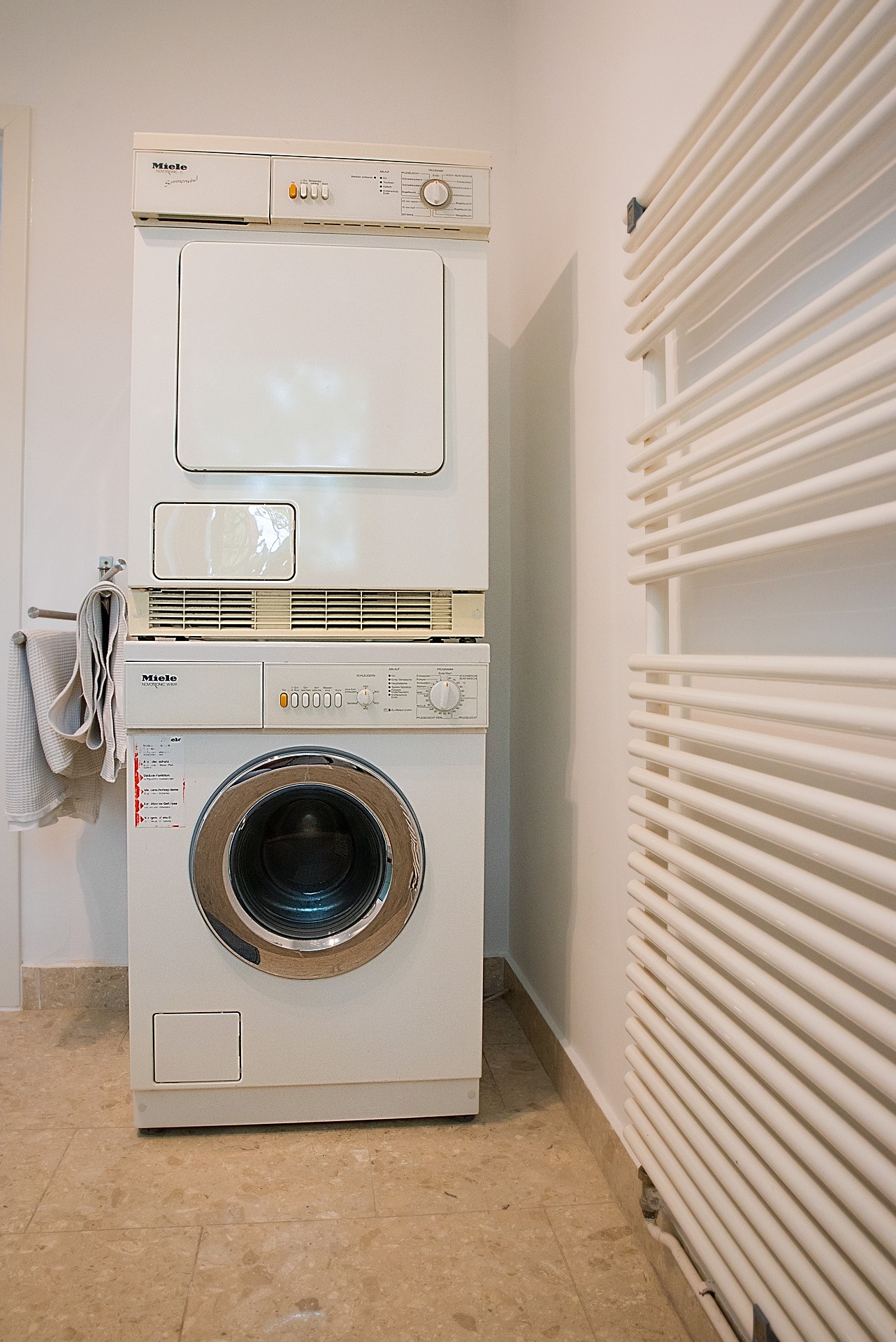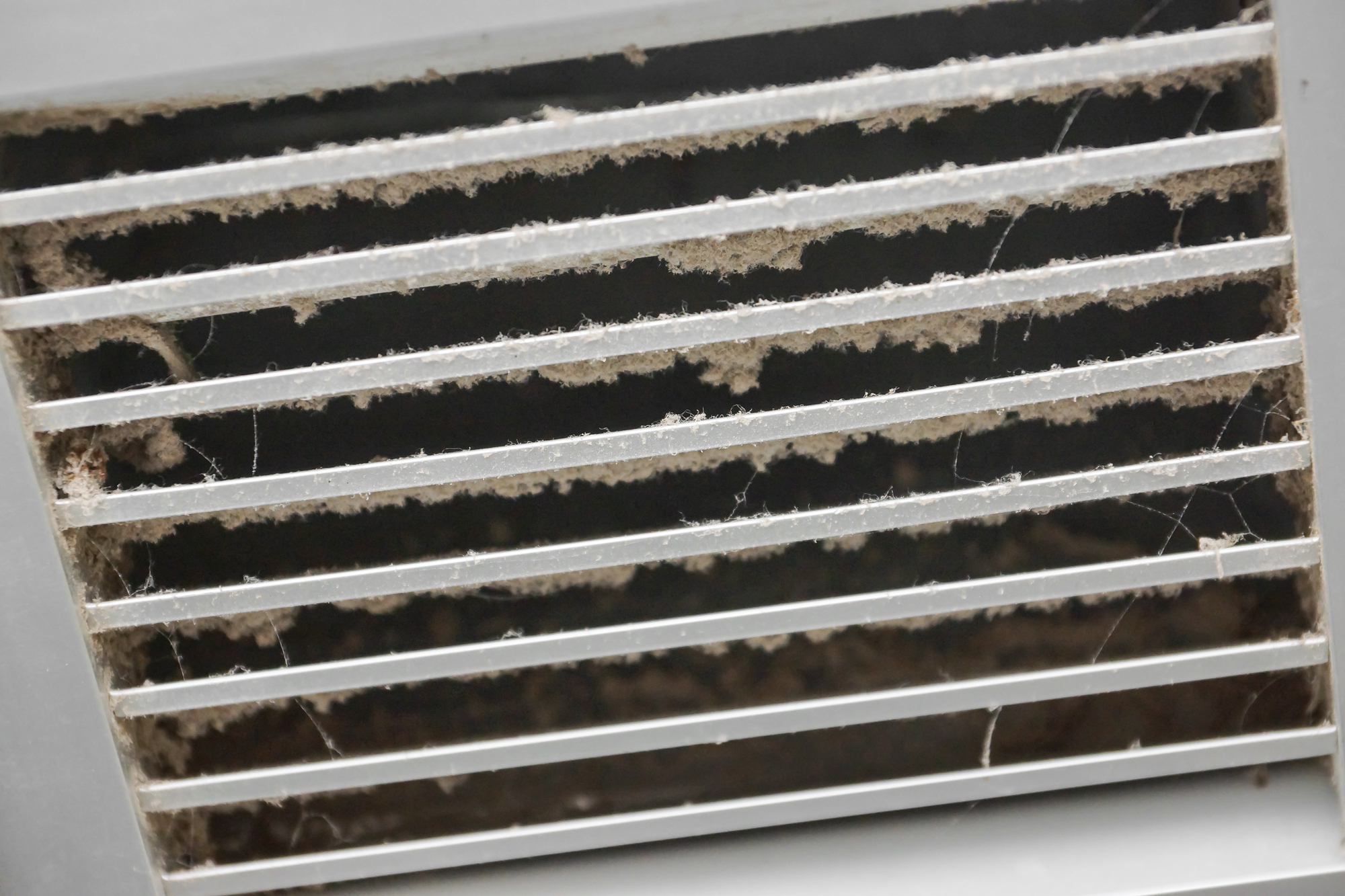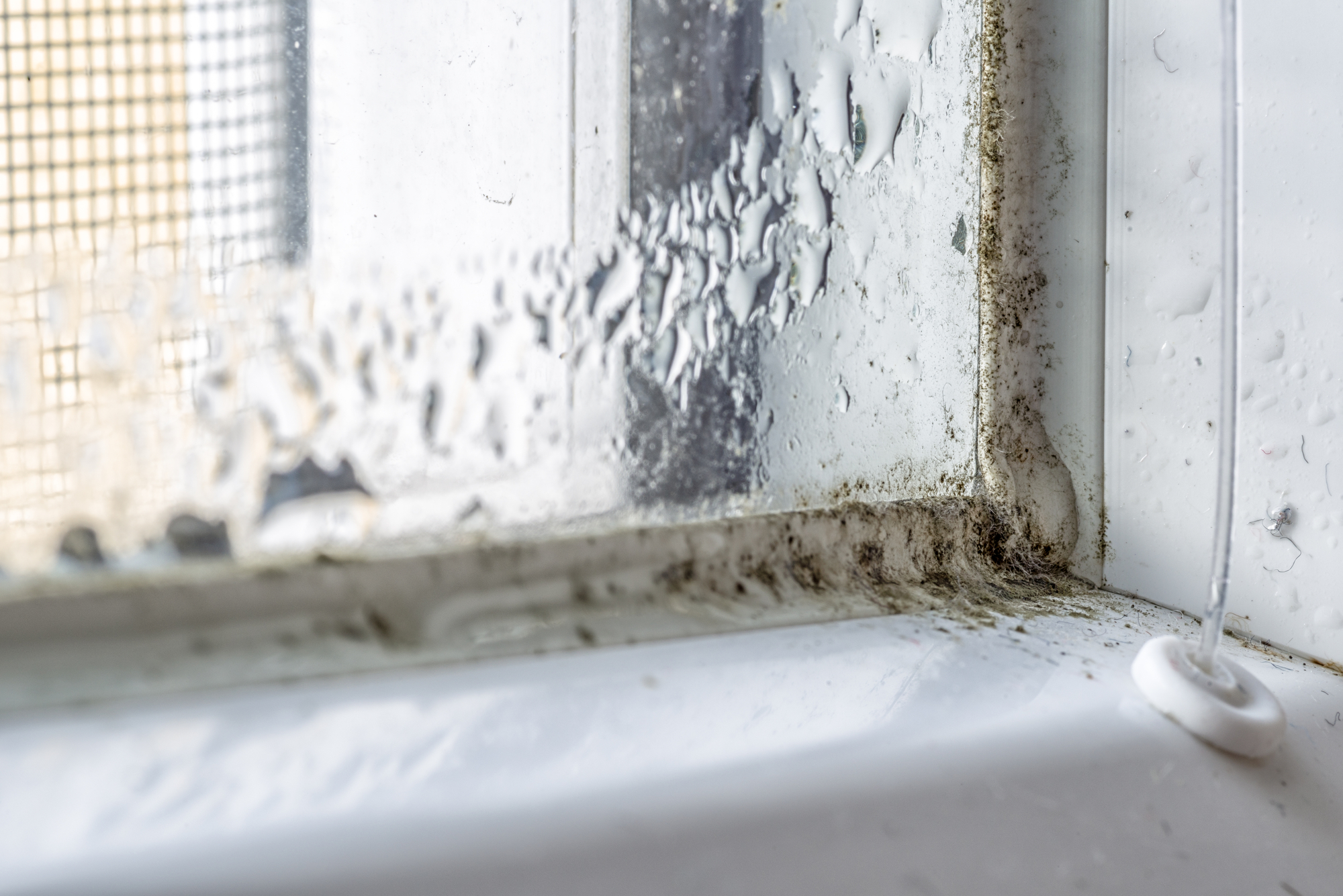Why You Should Clean your Dryer Ducts

September 12th, 2020
Dryer ducts are not always top-of-mind when it comes to your annual housekeeping routines, but it is an important task to do in order to extend the life of your clothes dryer, and to keep your family healthy and safe. The clean air specialists at Solution D’Air in Gatineau are happy to answer some of these commonly asked questions about the duct pipes that extend out of the back of your dryer leading to the dryer exhaust vent on the exterior of your home.
• Why is it important to clean your dryer duct?
• What are the risks of clogged dryer ducts?
• How often should your dryer duct be cleaned?
• Who to call to clean your dryer duct?
First let’s talk about what dryer ducts are and how they get clogged and dirty. Household dryers have an interior lint trap that users are accustomed to emptying between laundry loads. These wire or plastic mesh filters collect the majority of lint that is released from your clothes, bedding, towels and other fabrics while they are being spun and heated to dry in your drying machine.
Lint Trap Pro Tip: Remove your lint trap on a regular basis (weekly or monthly depending on your household drying frequency) and pour boiling water over it to wash away fabric softener build-up that is slowly building up invisibly and clogging your screen.
When your dryer is operating, the air from your drum passes through the lint trap and is directed towards the exhaust pipe most commonly located at the back of your dryer. Dryer exhaust pipes are generally a flexible tube made of plastic or very thin metal and may be attached to your machine and/or the wall opening with clamps. Heat, air and additional lint that wasn’t collected by the lint trap flow through your exhaust pipe and into your dryer ducts inside the floor or walls of your home and leading to the outdoor exhaust vent.
Dryer Vent Pro Tip: After disconnecting the electricity and/or gas supply to your dryer, use a soft bristled attachment on your home or shop vacuum to clean dryer lint which has built-up in and around the exhaust pipe and exterior dryer vent. Wear heavy-duty work gloves when reaching into any metal pipes to protect your skin from sharp edges.
It is these structural dyer air ducts that are oftentimes overlooked and can easily become clogged and dirty over time. Fabric lint, threads, and fabric softener build-up are the perfect base for dirt to attach to and grow into surfaces contaminated with bacteria and other allergens. Don’t let the fresh smell of laundry fool you – the insides of your dryer ducts can be full of unhealthy particles that affect your health and indoor air quality.
Beyond the negative effects of dirty dryer ducts on your indoor air quality, clogged air ducts between household clothes dryers and exterior dryer vents are the cause of thousands of house fires in Canada every year. Dryer ducts offer the perfect environment for fire, after all. Every time you run your dryer, you are applying heat to unseen pipes enclosed in your walls that are coated in fabric fibres saturated in highly flammable fabric softener.
For these safety reasons alone, the risk of fire and the negative impacts on indoor air quality, it is recommended that homeowners have their dryer ducts inspected and cleaned at least once a year.
Another important reason to have your dryer ducts cleaned regularly is to help extend the life of your clothes dryer. Just as a clogged lint trap will cause your laundry load to take longer to dry, dirty and clogged dryer ducts and vents will decrease the efficiency of your dryer and increase the amount of time and money it takes to dry each load.
If you haven’t had your dryer ducts inspected or cleaned recently, don’t hesitate to reach out to the indoor air specialists at Solution D’Air. We would be happy to answer any questions you have and help you keep your dryer running smoothly and your indoor air quality at its very best!









